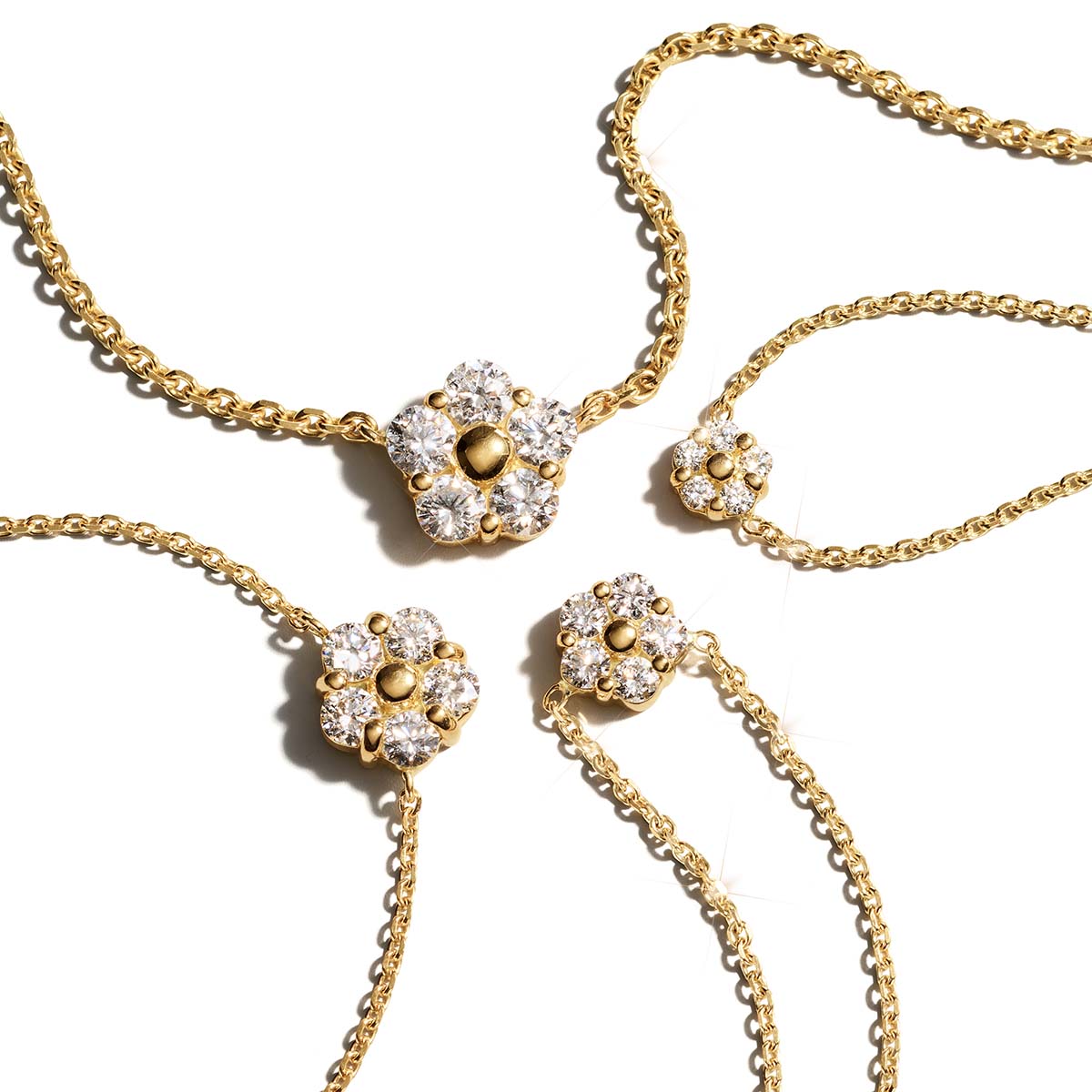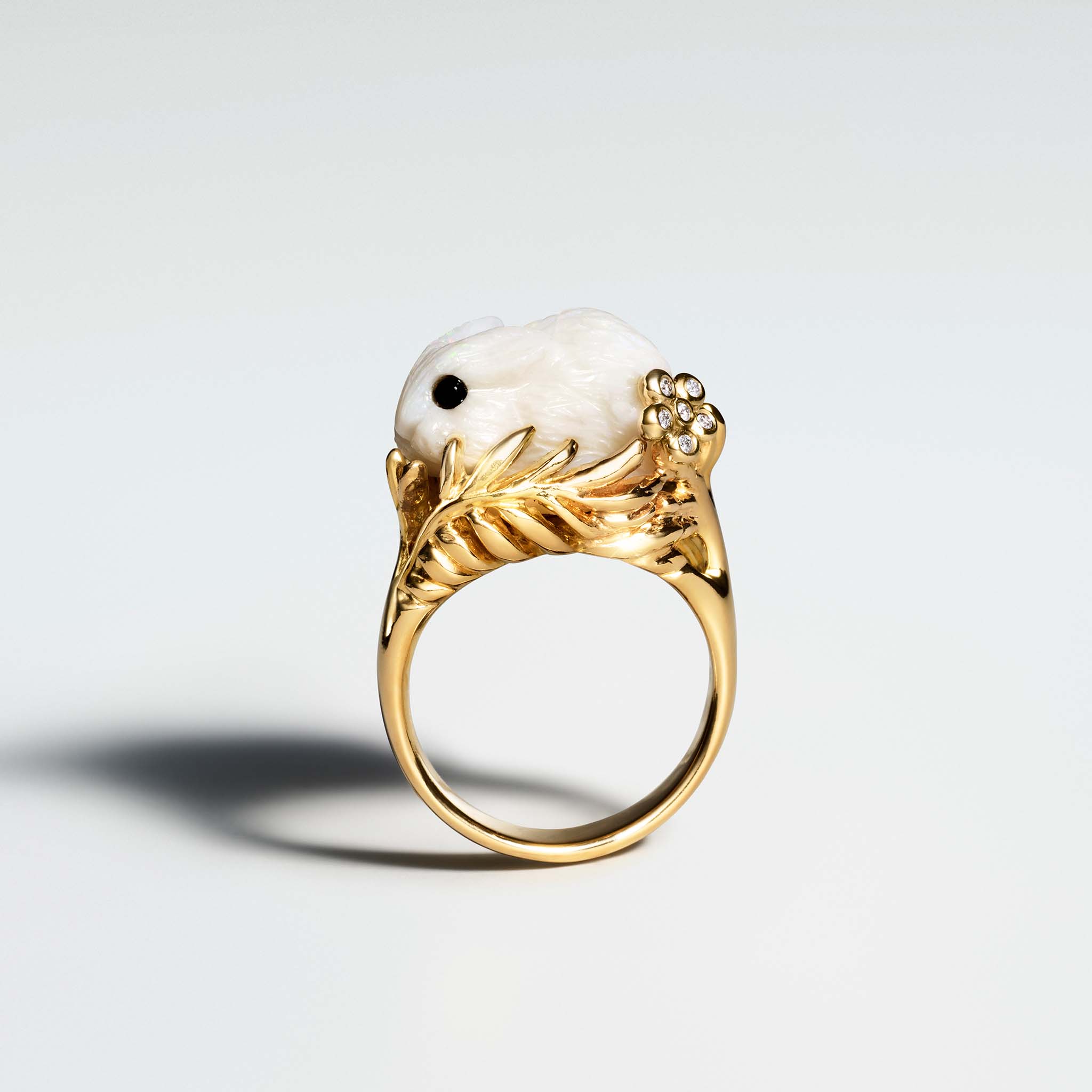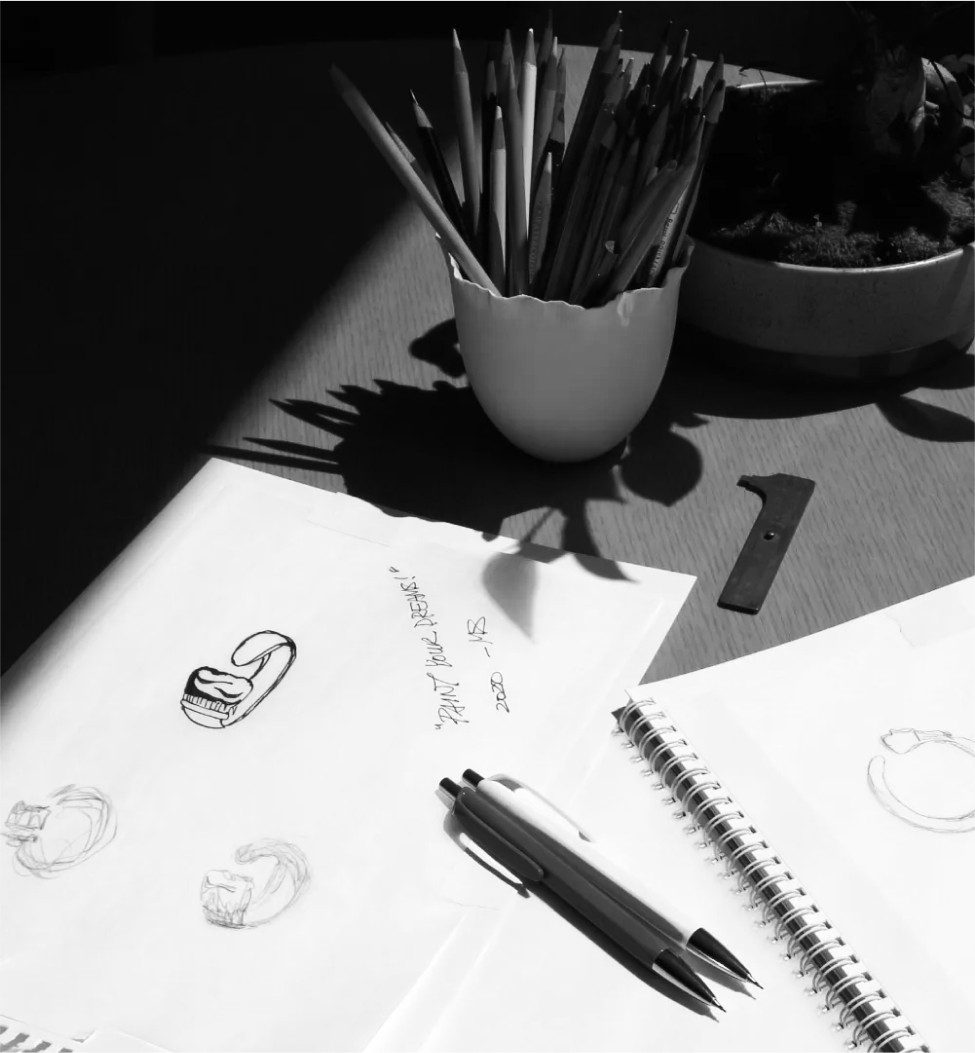Gemstone Cuts Glossary
Learn about popular gemstone cuts in fine jewelry — including round, emerald, cushion, oval, pear, radiant, and more. Discover how cuts affect brilliance and style.
Gemstone Cuts Glossary | Shapes & Styles Explained for Fine Jewelry
The cut of a gemstone refers to how it is shaped and faceted to enhance its brilliance, color, and overall appearance. Whether you're choosing a diamond, sapphire, or other precious stone, the cut plays a significant role in its beauty and personality. This glossary breaks down the most popular gemstone cuts in fine jewelry — from classic round to trendy pear — so you can find the perfect style for any occasion.
What Is a Gemstone Cut?
A gemstone cut is the way a stone is shaped and faceted by a lapidary (stone cutter). It affects how light enters and exits the stone, directly influencing:
- Brilliance (overall sparkle)
- Fire (rainbow flashes)
- Scintillation (light movement as the gem is viewed from different angles)
- Symmetry and proportions
- Shape and visual impact. The cut is not the same as the shape of a gemstone, although the two terms are often used interchangeably.
Round Brilliant Cut
- The most popular and classic gemstone cut
- Features 57–58 precisely angled facets
- Designed for maximum brilliance and sparkle
- Commonly used in diamonds and moissanite
- Ideal for solitaires and timeless designs
Emerald Cut
- Rectangular shape with step-cut facets (long, straight lines)
- Clean, mirror-like sparkle with minimal fire
- Highlights clarity and color over brilliance
- Elegant and vintage-inspired
- Often seen in diamonds, emeralds, and aquamarine
Cushion Cut
- Square or rectangular with soft, rounded corners
- Combines brilliance with a vintage feel
- Features 58 or more facets
- Offers a “pillowy” shape and romantic aesthetic
- Suitable for both modern and antique-style settings
Oval Cut
- Elongated version of the round cut
- Excellent brilliance and fire
- Flatters the hand by creating a lengthening effect
- Versatile and modern, yet classic
- Popular in engagement rings and colored stones
Pear Cut (Teardrop Cut)
- Combination of round and marquise shapes
- One rounded end, one pointed tip
- Creates a slimming effect on the finger
- Can be worn pointing up or down
- Adds a unique, elegant flair to any design
Radiant Cut
- Square or rectangular shape with brilliant-cut facets
- Blends the fire of a round with the shape of an emerald or princess cut
- Highly sparkly and modern
- Often used in diamonds and brightly colored gemstones
Princess Cut
- Square or slightly rectangular shape
- Features sharp corners and a brilliant faceting pattern
- High sparkle and contemporary appeal
- Popular for engagement rings and fashion-forward styles
Marquise Cut
- Long, narrow shape with pointed ends
- Maximizes carat weight visually
- Creates an elongating effect on the finger
- Associated with vintage and bold looks
Asscher Cut
- Square shape with step-cut facets and clipped corners
- Similar to an emerald cut but more symmetrical
- Distinct “hall of mirrors” effect
- Bold, Art Deco style with strong personality
Heart Cut
- Romantic, symbolic shape
- Technically challenging to cut well
- Best in larger stones where the heart shape is clearly visible
- Unique and deeply personal
Trillion Cut (Trilliant Cut)
- Triangular shape with curved or straight edges
- Eye-catching and modern
- Often used as side stones or accent gems
- Brilliant faceting provides excellent sparkle
Baguette Cut
- Long, rectangular step-cut with fewer facets
- Minimalist sparkle with a clean, glassy look
- Frequently used as side stones or in eternity bands
- Known for precision and simplicity
FAQs
Oval, marquise, and pear cuts tend to appear larger than round stones of the same carat weight due to their elongated shapes.
Yes, the princess cut remains one of the most popular styles for engagement rings, especially for those seeking a square shape with lots of brilliance.
A brilliant cut and a step cut are two distinct styles of faceting a gemstone. The primary difference is how their facets are arranged to interact with light.
Brilliant Cut
Brilliant cuts are designed to maximize sparkle, fire, and brilliance. They are characterized by numerous triangular and kite-shaped facets that create a dazzling display of light. Popular shapes include the round brilliant, cushion, and princess cuts.
Step Cut
Step cuts are designed to emphasize a gemstone's clarity and natural color. They feature long, parallel, rectangular facets that create a "hall of mirrors" effect, producing broad, elegant flashes of light. Popular shapes include the emerald and Asscher cuts.
“Shape” refers to the outline (e.g., round, oval), while “cut” includes both shape and the arrangement of facets that affect brilliance.
Shape refers to the external, two-dimensional outline of the stone when viewed from above. It is the first thing you notice and is a matter of aesthetic preference. Popular shapes include round, oval, princess (square), emerald (rectangular), pear, and cushion.
Cut refers to the intricate craftsmanship of a gemstone's facets, angles, proportions, and symmetry. It is the most critical factor in determining how the stone interacts with light. A high-quality cut will maximize a stone's brilliance (white light reflection), fire (flashes of color), and scintillation (the sparkle as it moves). A poorly cut stone, regardless of its shape or clarity, will appear dull.
The shape is what the stone is, and the cut is how well it has been made. For example, a diamond can have a round shape but be given a poor, good, or excellent cut.
The choice of cut for a colored gemstone is crucial, as it is expertly selected to preserve the stone's carat weight and maximize its unique color saturation, rather than to prioritize sparkle alone.
While the round brilliant cut is the standard for diamonds, colored gemstones are often cut into other shapes to highlight their distinct hue. The following cuts are particularly well-suited:
- Cushion Cut: With its rounded corners and larger facets, the cushion cut beautifully displays deep color saturation and creates a soft, romantic sparkle.
- Oval Cut: This elegant, elongated shape creates the illusion of a larger stone while retaining excellent color and a lively brilliance.
- Emerald Cut: The long, step-like facets of an emerald cut create a "hall of mirrors" effect, drawing the eye deep into the gemstone and showcasing its pure, uninterrupted color and transparency.



